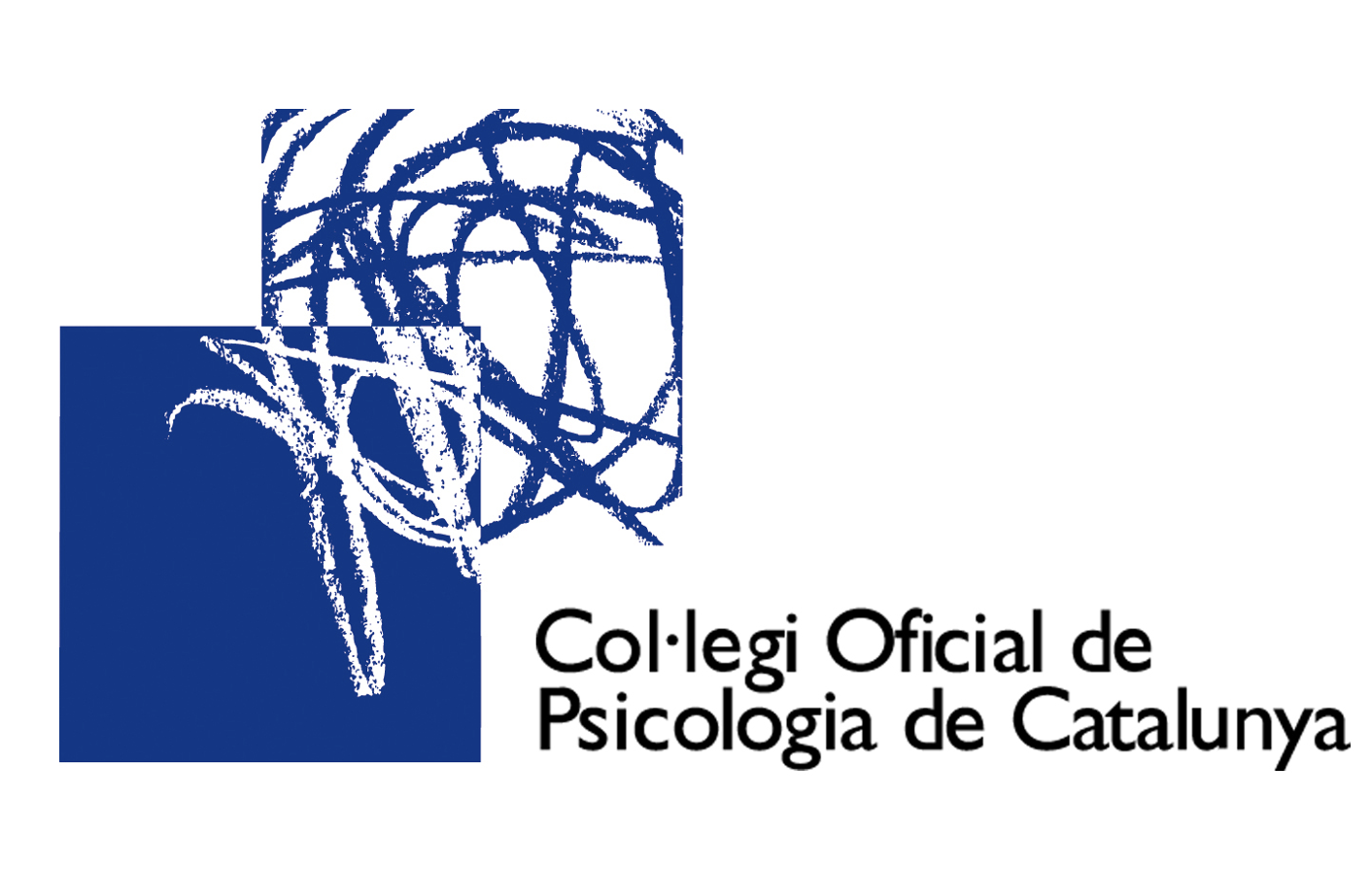- Child Development in Integrative Psychotherapy
Erik Erikson’s First Three Stages
DOI:
https://doi.org/10.33898/rdp.v31i117.390Keywords:
Attunement, unconscious relational patterns, developmental attunement, developmental image, implicit memory, procedural memory, subsymbolic memory, child development, developmental psychotherapy, therapeutic inference, integrative psychotherapy, relational psychotherapy, Erik EriksonAbstract
Child development concepts and research provide the basis for therapeutic inquiry in a developmentally based, relationally focused integrative psychotherapy. This article focuses on the developmental ideas of Erik Erikson and relates them to the concepts of Bowlby, Fraiberg, Piaget, and Winnicott. The various developmental concepts provide the basis for developmental attunement, forming developmental images, phenomenological inquiry, and therapeutic inference that allow implicit and procedural memory to be expressed in a therapeutic narrative.
Downloads
Downloads
Published
How to Cite
Issue
Section
License
Copyright (c) 2020 Journal of Psychotherapy

This work is licensed under a Creative Commons Attribution-NonCommercial 4.0 International License.
Authors who publish in this journal accept the following conditions:
-
Authors retain copyright and grant the journal the right of first publication, with the work registered under the Creative Commons CC-BY-NC 4.0 International license. This license allows third parties to cite the text and use it without alteration and for non-commercial purposes, provided they credit the authorship of the work and its first publication in this journal.
-
Authors may enter into other independent and additional contractual agreements for the non-exclusive distribution of the version of the article published in this journal (e.g., including it in an institutional repository or publishing it in a book), provided they clearly indicate that the work was first published in this journal.
-
The views expressed in the articles are solely the responsibility of the authors and in no case do they reflect the opinions or scientific policies of the journal.









